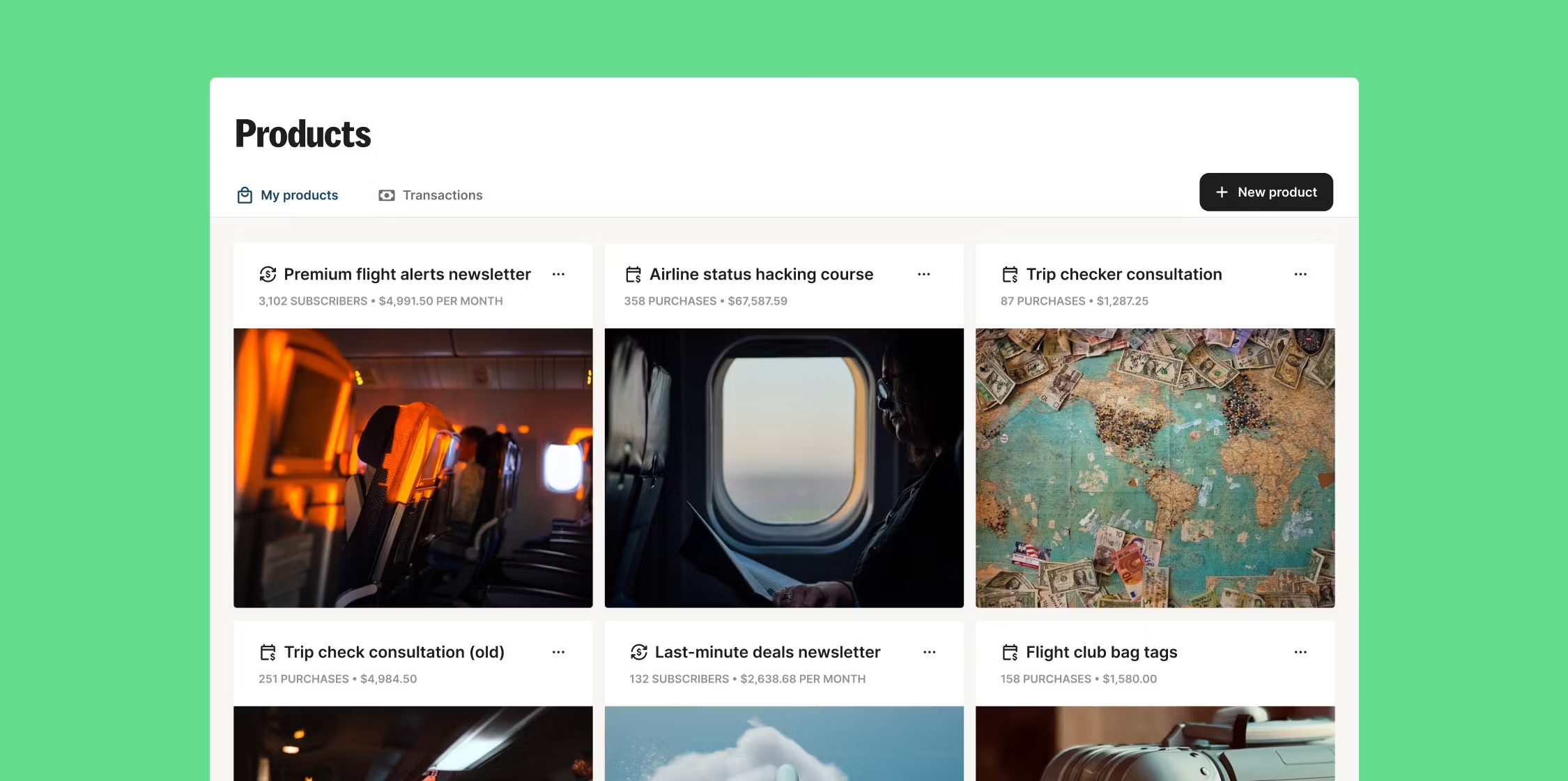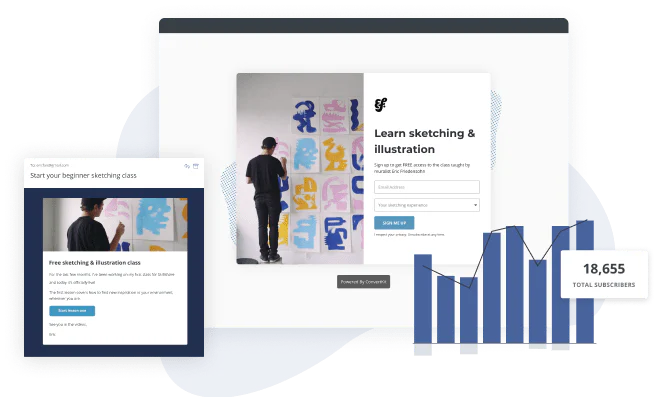How to create multiple streams of income and build a sustainable creator business
Updated: February 24, 2025
30 min read

Support your growing business
Kit helps creators like you grow your audience, connect and build a relationship with that audience, and earn a living online by selling digital products.
Start a free 14-day Kit trial
Steph Knapp
Steph Knapp is a freelance B2B + SaaS content marketer that loves educating and empowering curious humans. When she's not typing away, you'll find her volunteering at the animal shelter and obsessing over a new hobby every week. She shares marketing, freelance, and cat content on Twitter @ hellostephknapp. (Read more by Steph)


